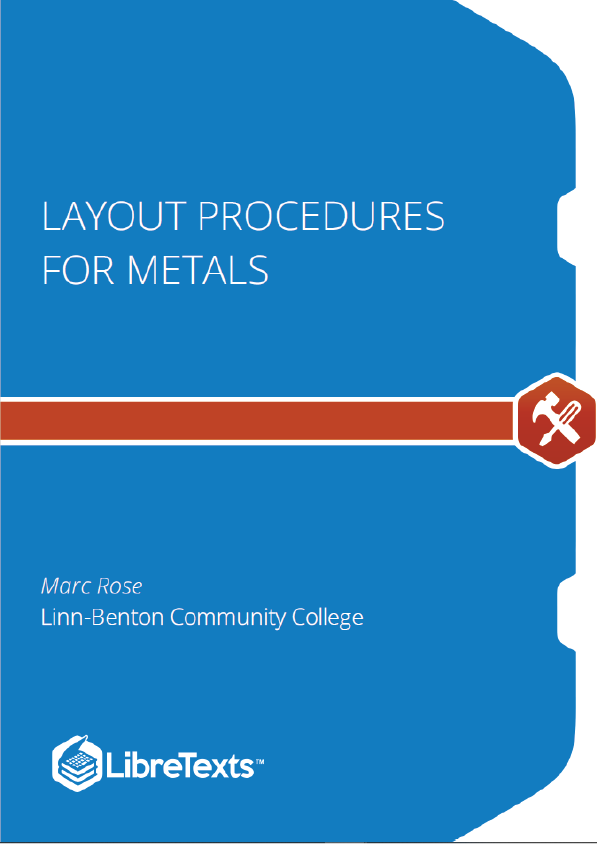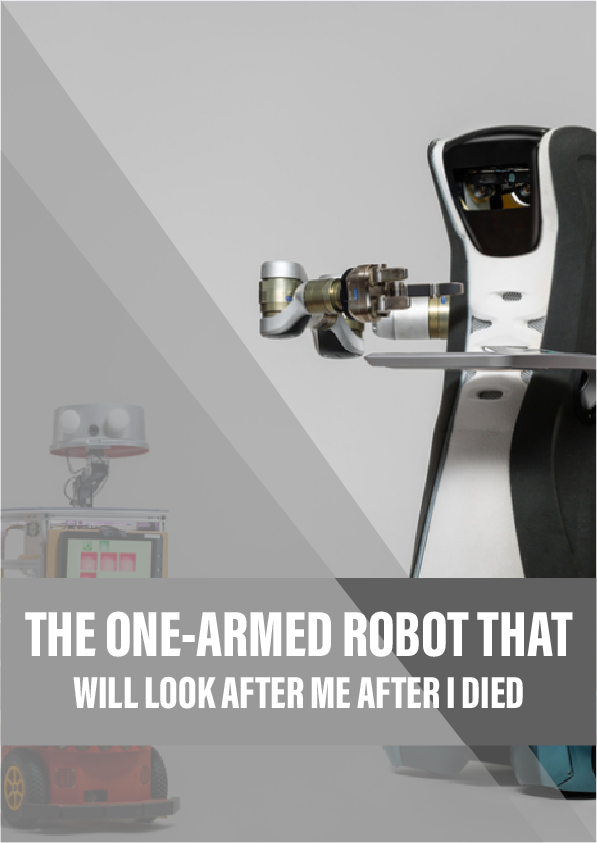We will start out with a flat pan template build. This will be one the simplest template we will construct, but there are key components of this simple template that will follow through to more complex templates.
Here we have both the perspective view and an orthographic drawing. Using this format it is easy to see what the finish product will look like. What we have to do here is reverse the process to see what shape we have to start with to build the pan. The one thing we need now are dimensions.
For this example we want to build a template for a “chimney” or sleeve that will rest on a sloped roof surface. The roof surface will have a slope of 30° and the sleeve will have the dimensions of the drawing below.
Now that we have needed measurements we can begin to draw the stretch-out.
To help keep everything in order it helps to number points on stretch-out so they match up to each corner. Since this part will have a seam, we can use “0” to indicate the seam. Looking at the side & top view we can see that the points 1&4 have the same height as well as points 2&3 since they are in the same plane. The blue lines are there to show how the lines to extend to help develop the stretch-out.
Next we will transfer the measurements from the side view to the stretch-out to determine the shape of the template. We know at points 0, 1 & 4, the height is the overall height measure at 9.46”, since all those point are in the same plane in the side view. For points 2 & 3 we can see that the overall height there is 6”. We need to transfer this to the stretch-out. There are a few ways to this function. You can simply measure 6” down from each point on stretch-out at points 2 & 3 and mark it with a tic mark, you can also transfer the line 90° to the right and where the horizontal line intersects points 2 & 3 place a tic mark.
Now we can add a couple lines connecting the base of the stretch-out to vertical line 2 & 3 to show what the final shape of stretchout will be. We can also remove any lines we used to transfer features from side view to stretch-out. The green line indicate the sheet size and shape the red lines indicate where the sheet will be formed.
There are a few ways to find the circumference of pipe and round tube. Knowing the circumference is key into building accurate templates for use with pipe. The more accurate your numbers are when developing these template, the better fit you will have. As with anything, practice and experience in building templates will also increase accuracy.
The most used method for figuring circumference is using the formula of Pi x diameter. 6” OD round tube has a circumference of 18.85”. 6”x Pi=18.85”. When it comes to working with pipe, you need to be aware that pipe is measure nominally. This means that 6” pipe is not 6” OD. Luckily, all pipe manufactures follow a standard and there is a countless number of tables and charts that list all pipe sizes and even include the circumference of all sizes! Please refer to index to locate these tables, charts and other information.
Over the next several sections we will begin to develop templates for use with pipe. No matter the complexity of the template there are several key concepts that are used with all of them, including determining the circumference. We will only introduce these concepts in detail once, if you need help please refer back to an earlier sections.
We will be talking about dividing the circumference of pipe into several equal parts that will help develop the template. We will refer to these lines as element lines. The more element lines you have the more accurate the fit. Like was stated earlier, there are many ways that craftspeople have figured out solutions to complex problems, this is book offers one of those.
Below we have some 4” pipe. By referring to the chart we can see that the OD of that pipe is 4.50”. Also on the chart we see that it has a total circumference of 14.125”. For this book, we will divide all circumferences into 16 equal spaces in which will become the element lines. The handy chart in the back also shows us the spacing for dividing circumference into 16 parts, as well as 12, 8, 6, 4 and 2. Remember, the more element lines you have the more accurate your template will be. If we did not have the chart, you would have to divide the total circumference by the number of spaces needed. Some rounding will be required when doing this but you need to be aware that being off 1/16”, 16 times will end up being off by a full 1”.
If you divide 14.125 by 16 you end up at .883. The chart in the back state .875. .875, or 7/8” is much easier to work with on a tape measure than .883. The difference is about 1/132 per line, this will be acceptable.











